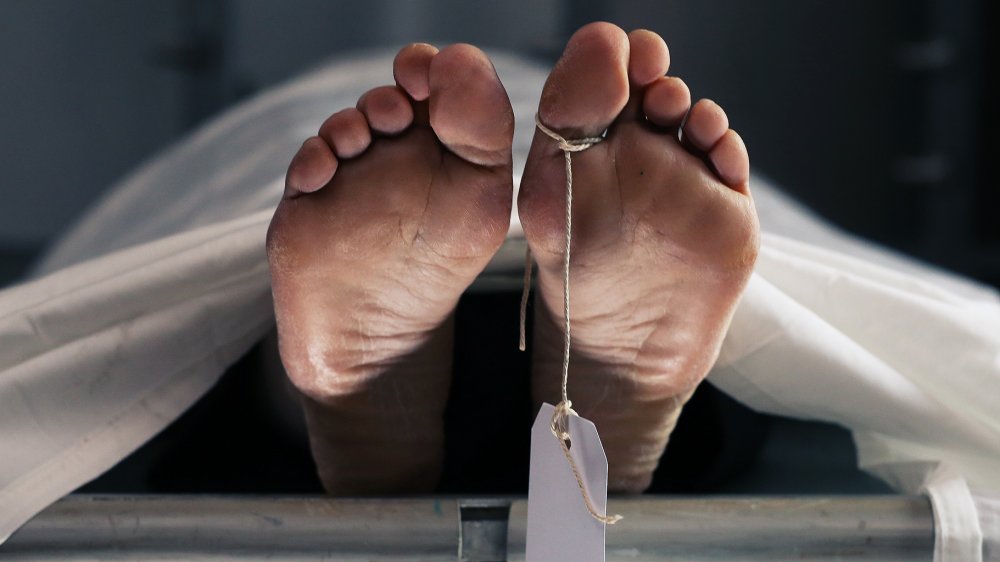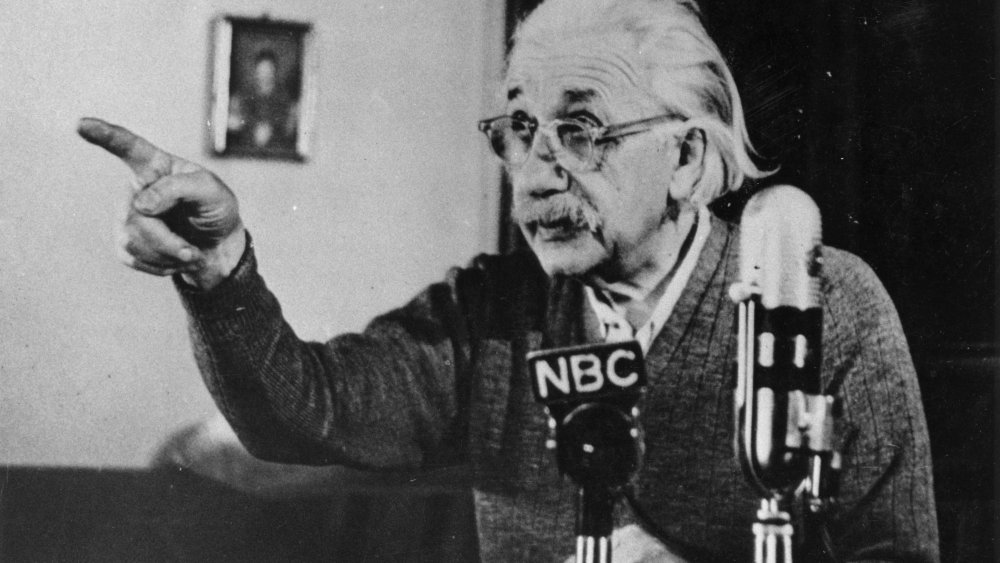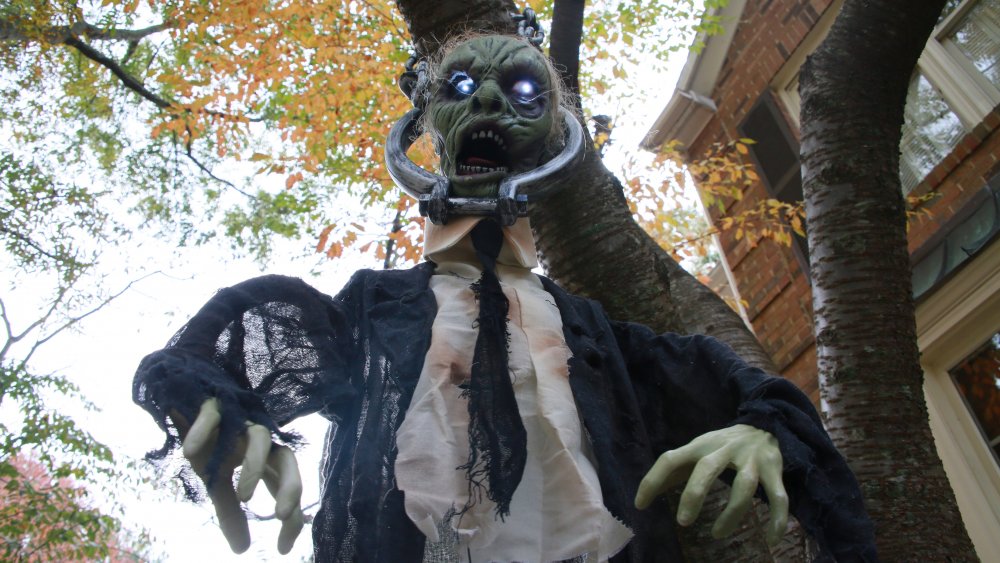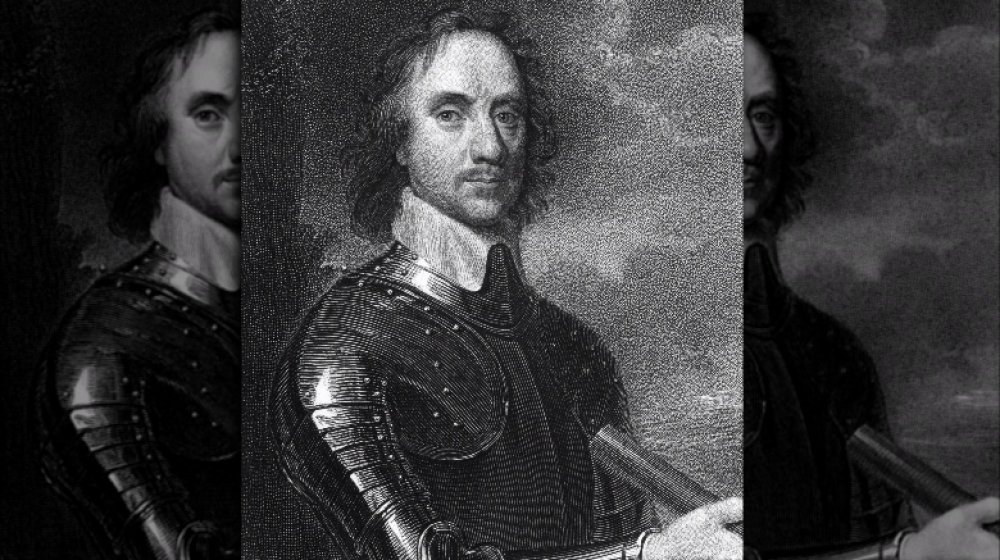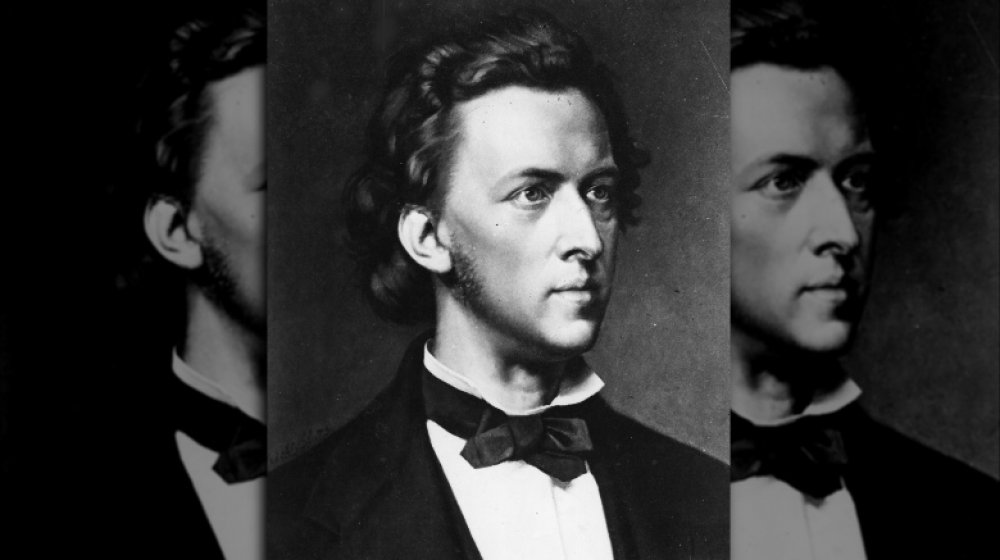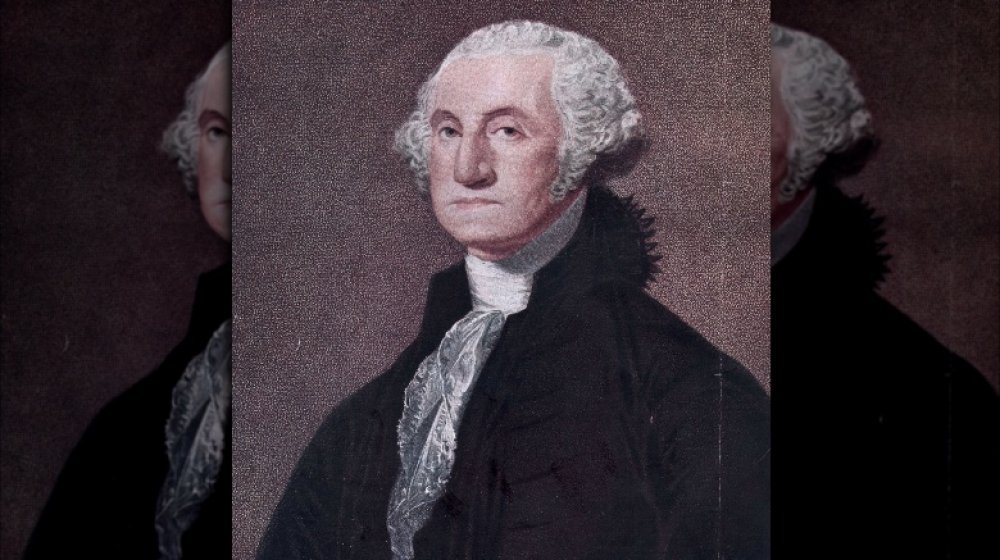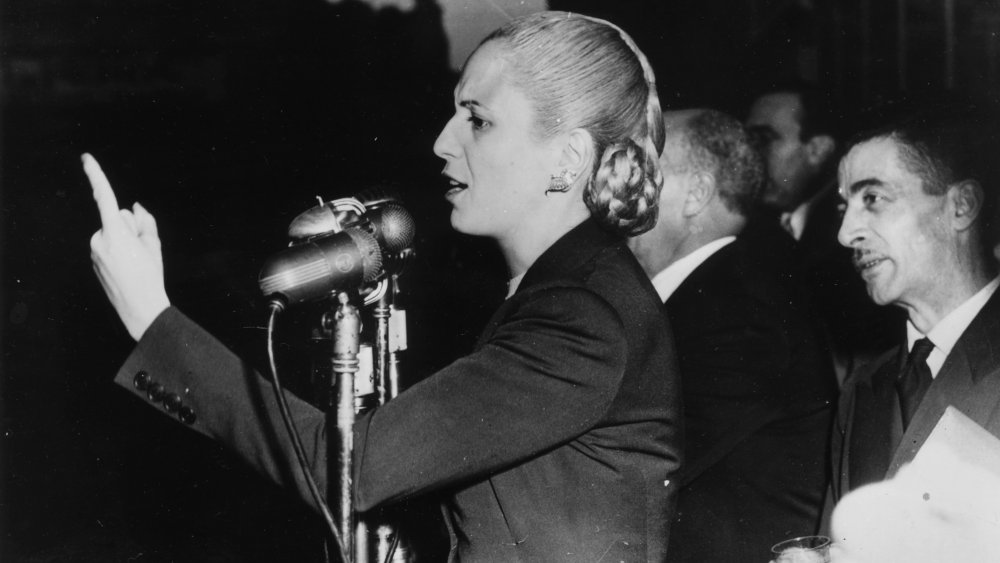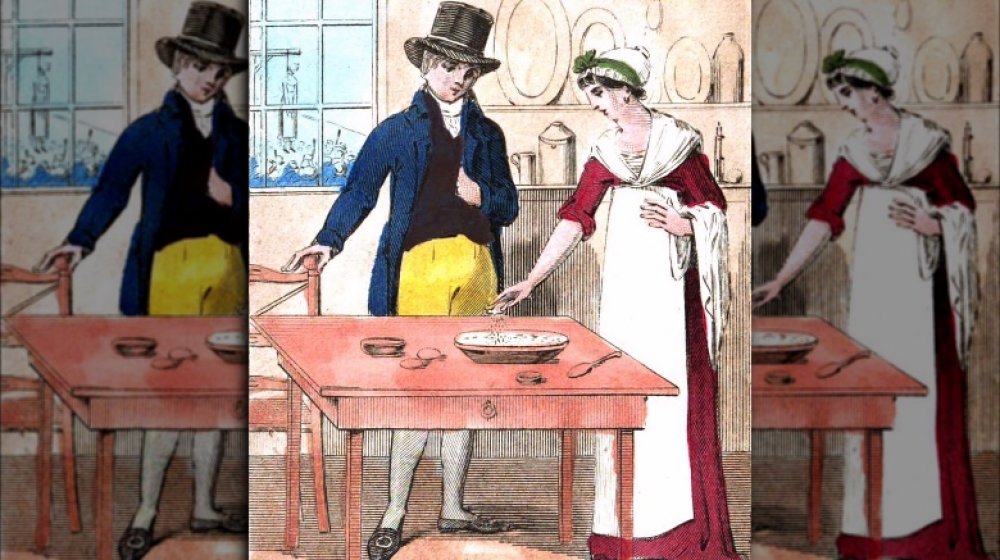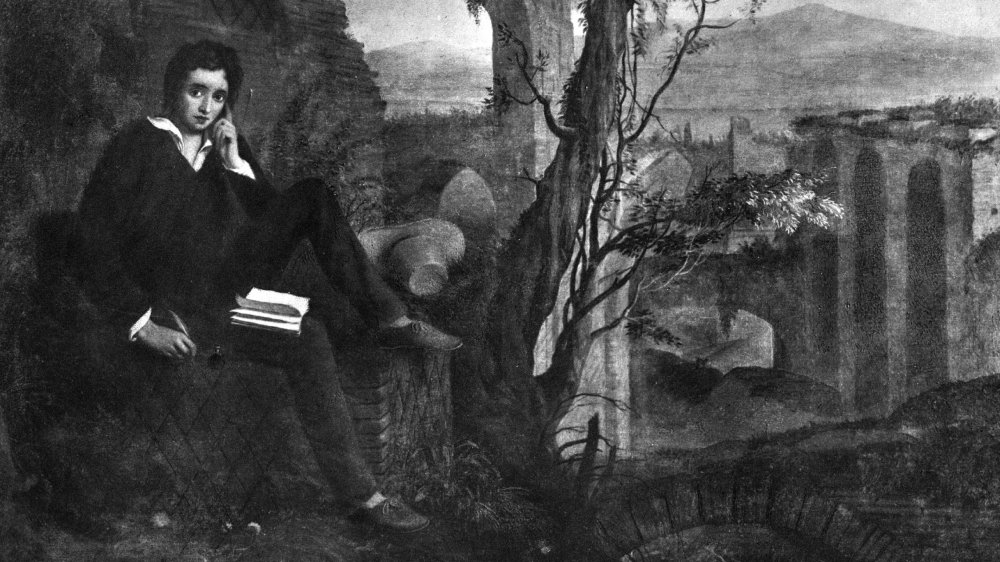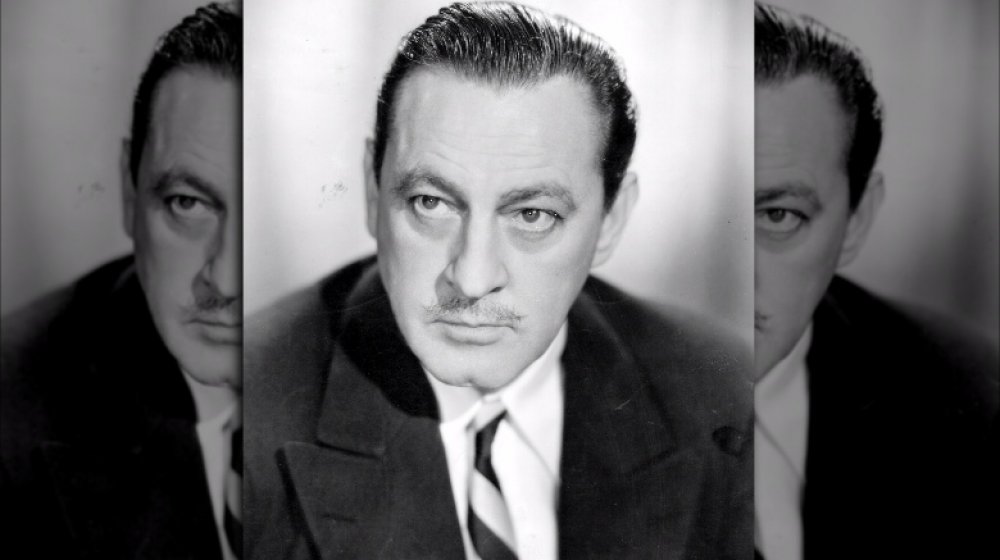Crazy Things That Happened To People After Death
There are only a few things in life you can be reasonably sure about, and here's one of them: Death is gonna suck. Don't get upset, though, death sucks for pretty much everyone, unless you're lucky enough to be that one person out of a thousand who dies peacefully in bed and never even sees it coming. You know that's not going to be you, though, because you don't have that kind of luck.
At least you can be sure that your body will be treated respectfully and laid to rest according to your wishes. Well, after the coroner is done cutting it up in order to establish cause of death and assuming you didn't get eaten by wild animals or die because your GPS told you to turn left down some messed up gravel road in a snowstorm and no one ever saw you again. Except even that's not a guarantee, because sometimes really weird stuff happens to dead humans at the hands of not-dead humans and there's nothing that those dead humans can do about it because, you know, dead. So just in case you were nursing that fantasy of a peaceful death and a peaceful after death, well, let's just crush that fantasy a little with these stories of posthumous adventure.
Einstein's brain ended up in a basement
Albert Einstein was one of the smartest people who ever lived, and when you're one of the smartest people who ever lived, stupid people want a piece of whatever smart action it is that you had, and everyone knows the smart action is kept between the ears.
Yes, after Albert Einstein died someone totally stole his brain and chopped it up into little pieces and then put the pieces in jars in his basement. So who was this brain stealing maniac? According to National Geographic, it was Thomas Harvey, the pathologist who was on call at Princeton Hospital the night Einstein died. Now, Harvey did obtain retroactive permission to keep the brain from Einstein's son, who reluctantly said "okay" in the hope it would serve the interests of science. But what actually happened is Harvey kept Einstein's brain in a cider box and then made friends with William Burroughs (yes, that William Burroughs), and the two hung out and got drunk together until William Burroughs started bragging he could have a piece of Einstein any time he wanted.
Eventually, Harvey did do some science and concluded Einstein's brain was different than other peoples' brains, and the scientific community concluded Harvey's study was bunk because he was just comparing one dude's brain to "other brains" and had no way of really showing the differences were what made Einstein such a smart guy. But hey at least he had himself a great conversation piece.
This guy spent his afterlife as a funhouse dummy
In life, Elmer McCurdy was a nobody. In death, he became a legend. Well, not like immediately or anything. At first, he was just a corpse no one wanted to claim. McCurdy was shot to death in 1911 by a posse after he participated in a train robbery. The poor dude didn't even get rich off the train robbery, either — the total take was two jugs of whiskey and $46. According to Atlas Obscura, after his death, no one claimed the body, so the coroner hung onto it and hit on a great moneymaking idea — charge spectators a nickel a piece to come look at the vanquished criminal. And that's where McCurdy's corpse remained for a few years, until a couple of carnies showed up pretending to be his brothers and swept him off to a side show.
McCurdy floated around for years after that, until 1976 when a TV crew setting up in a funhouse at Nu-Pike Amusement Park accidentally pulled off his arm and found a human bone inside. Evidently, McCurdy's owners had no idea he wasn't just another funhouse dummy.
McCurdy was finally buried in 1977 in Guthrie, Oklahoma. And just to be on the safe side, his casket was covered in concrete so no enterprising person could dig him up and continue his world tour.
Oliver Cromwell was executed three years after his death
Oliver Cromwell was a controversial dude — he was the deputy commander of the army that defeated the king's forces in 1646, and he was the guy who pretty much took over England after the execution of Charles I. In 1658 he died from "a bastard tertian ague," which is a strange name for what was probably malaria. That wasn't the end of Cromwell's story, though. There were still loads of people in England who supported the royal family and thought Cromwell was a traitor and a usurper, and they weren't less mad at him just because he was dead.
According to OliverCromwell.org, Cromwell's corpse was buried in secret, but three years later, parliament decided he'd escaped justice and ordered his posthumous execution. The corpse was found in Westminster Abbey, and subsequently hanged and beheaded. The head was placed on a pole and the body was dumped into a ditch. Cromwell's head stayed on display for years, until it was eventually taken down (or it fell down), and was retrieved by some unknown person, ending up in the hands of a family called the Wilkinsons. The head was passed down through the generations and examined on multiple occasions in the hopes of verifying its authenticity (most concluded that it was, indeed, the head of Oliver Cromwell). In the 1960s, exactly 300 years after it began it's gross posthumous journey, it was buried at Cambridge University.
Frederic Chopin's heart became a gross souvenir
On his deathbed in Paris, Polish composer Frederic Chopin had one request: he wanted his heart returned to his homeland. According to the Washington Post, the request was part patriotic devotion and part "please make damned sure I'm dead before you bury me." Anyway, his sister saw to it that his request was honored. The organ was removed and placed in a jar of cognac, or possibly some other kind of alcohol (no one was really keeping track), and smuggled back to Poland where it ended up buried in a pillar at the Holy Cross Church in Warsaw.
Chopin was a symbol of Polish nationalism, though, and the Nazis didn't like that very much. So during the German occupation of Poland, someone exhumed Chopin's heart and gave it to an SS officer named Erich von dem Bach-Zelewski, who was evidently a fan. The heart remained in Nazi hands until the end of the war, when someone realized it wasn't cool to keep a dead guy's heart in your living room and returned it to the church pillar.
Then in 2004, a bunch of scientists said, "We simply must know how Chopin died, you know, for science," and had the heart removed again. They didn't take it out of the jar, but a visual examination concluded that the composer probably died from tuberculosis. The heart was then put back in the pillar, and so endeth the strange tale of Chopin's heart. For now.
George Washington was cryogenically frozen. Sort of.
The first cryogenically frozen person was 73-year-old James Bedford, who was frozen in 1967. Around 300 Americans followed him and unsurprisingly, all of them have yet to be resurrected. But the idea that we might be able to freeze a person and then bring them back to life years later dates back much, much further back than 1967.
George Washington succumbed to an especially nasty sore throat (yes, a sore throat can kill you, let that sink in) in December of 1799. According to MountVernon.org, the weather was very cold on the day of Washington's death, and when his friend and physician William Thornton arrived to help, he found the president not only dead but frozen. He remained optimistic, though. "I proposed to attempt his restoration," Thornton later wrote, "First to thaw him in cold water, then to lay him in blankets, and by degrees and by friction to give him warmth, and to put into activity the minute blood vessels, at the same time to open a passage to the Lungs by the Trachea, and to inflate them with air, to produce and artificial respiration, and to transfuse blood into him from a lamb."
Interestingly, modern doctors can (and have) resuscitated frozen humans in much the same was as Thornton described, except for the part about the lamb's blood. It wouldn't have worked in Washington's case, though, since he died before he was actually frozen, but it wasn't a crazy idea.
The preserved corpse of Eva Peron
Eva Peron was the wife of Argentinian President Juan Peron — she died from cervical cancer in 1952, during a time of great political turmoil in her home country. She was popular with the people, though, so the government decided to have her body preserved, you know, so the people could come gawk at it the way the Russians do with the body of Vladimir Lenin.
Peron's body was embalmed and kept in the headquarters of an Argentinian trade union, but in 1955 it was stolen as part of a coup that hoped to force Peron's husband into exile. No one is 100 percent sure what happened to it after that. According to the BBC, it may have been kept in a van for a while, then stashed behind the screen in a movie theater, then kept at the city's waterworks and the offices of Military Intelligence. Wherever they moved it, there were always fans around to secretly leave flowers and candles, which endlessly pissed off the people trying to keep it out of public view. Finally in 1957, the corpse was buried in a falsely-marked grave in Milan.
Peron didn't stay buried, though — in 1971 she was disinterred and returned to her former husband, now living in Madrid, who put her on display in his dining room. After Juan Peron's death, the two bodies were displayed together for a while until she was finally buried in a family tomb in Buenos Aires.
Pieces of Mary Bateman were sold as souvenirs
Nothing is more morbidly fascinating than a serial killer, except for a female serial killer. Nicknamed the "Yorkshire Witch," Mary Bateman's career began when she pretended to be the go-between for a couple of fake psychics named "Mrs. Moore" and "Miss Blythe." She actually made a pretty tidy living selling potions, fortunes, and curses, but greedy people are never happy with "a pretty tidy living." Before long she was preying on the weak and scared — she targeted people who were sick or afraid, promised a magical cure, and then extorted money from them. According to Mental Floss, she killed at least four of the people she claimed to be helping and almost killed a fifth, but he finally got wise and turned her over to authorities. She was executed by hanging on March 20, 1809.
That wasn't her end, though. Her body was brought to the Leeds Infirmary, and authorities had no problem at all charging people three pence to view her remains. A few lucky thousand got to attend her dissection, too. The money-making possibilities didn't end there, either. Authorities actually removed Bateman's skin and dried it, then cut it into pieces to sell as souvenirs. Some of her skin was also used as a book binding. And her skeleton was put on display for 200 years. Bateman never got a burial — though she probably didn't deserve one. Her skeleton is now in storage at Leeds University.
JFK's brain was stolen
If you can't have the entire body of a famous person, maybe you could at least have an internal organ. Internal organs are a lot easier to run off with in secret.
No one knows what happened to the brain of President John F. Kennedy. It's been missing since 1966, three years after he was assassinated. Macabre souvenir, perhaps? Or a sinister cover up? Inquiring conspiracy theorists want to know.
JFK's brain was removed during his autopsy, transferred to a stainless steel jar, and sent to the National Archives with some other forensic evidence from the assassination. Except it didn't stay there — according to The Guardian, it went missing a few years later and now will forever be used as fodder for dumb conspiracy theories. Some theorists say the missing brain is proof that someone was trying to hide something, you know, like Kennedy was shot from the front instead of from behind. Others seem to think that Robert Kennedy took JFKs brain, so that it could never be used to prove that his brother was on drugs or something. Both theories = dumb. It seems a lot more likely that some intern was rummaging around in the archives and went, "Cool, JFK's brain." One day it will turn up in someone's stuff at an estate sale. Just wait and see.
Mary Shelley carried her dead husband's heart around for years
Poet Percy Bysshe Shelley was married to author Mary Shelley, who was most famous for her terrifying tale of mad science and reanimated corpses. Sadly, Percy Bysshe Shelley died at sea when he was just 29 — his ship was caught during a storm and he drowned. According to Mental Floss, Shelley was cremated, but creepily, his heart didn't burn up with the rest of his body. Some modern scientists think Shelley's battle with tuberculosis earlier in life might have calcified it, though no one really knows for sure. At any rate, Shelley's friend Leigh Hunt retrieved the curious organ after the cremation, and then gave it to his widow, Mary Shelley.
Mary didn't bury her husband's heart with the rest of him, though. Instead, she wrapped it in a piece of silk and carried it around with her for years like a bizarre, inanimate teacup poodle. She still had it when she died in 1852. It was found in her desk, wrapped in a copy of one of Shelley's poems. Even so, it wasn't buried until 1889 when it was finally interred with the couple's son.
So yeah, that's weird but remember that Mary Shelley wrote Frankenstein, so it doesn't seem totally out of character. Maybe deep down she thought she'd find a mad scientist who could put it into a body for her.
Weekend at Errol Flynn's
You might not know the name John Barrymore — he was one of the biggest names of the early 20th century, a talented Shakespearean actor who took on the role of Richard III and Hamlet. According to NewJersey.com, he made the leap from stage to screen in the 1920s and spent the next couple of decades acting in between bouts of drinking himself stupid. By the early 1940s he had cirrhosis of the liver, chronic edema, kidney disease, and alcohol-induced early dementia. By the age of 60, he was dead.
Despite his excesses, Barrymore had a lot of friends and admirers, including a young Errol Flynn. After Barrymore's death, Flynn and some of Barrymore's friends were having an impromptu wake in a bar when director Raoul Walsh excused himself under the pretense of being too distraught. He then — and this sounds totally made up, but it's not — went to the morgue, bribed an attendant, "borrowed" his friend's dead body, and posed it in Errol Flynn's living room.
"As I opened the door I pressed the button," Flynn later wrote in his memoir. "The lights went on and my God — I stared into the face of Barrymore! His eyes were closed. He looked puffed, white, bloodless. They hadn't embalmed him yet. I let out a delirious scream." To his credit, Flynn didn't seem super-amused. His friends took Barrymore back to the morgue and he went to bed.
Abraham Lincoln's corpse went on a U.S. tour
Abraham Lincoln was embalmed before he went on a two-week, 1,600 mile journey across America. Lincoln made the trip by train, stopping at 400 different train stations, so citizens could have a last (and often first) look at the legendary president. Embalming technology wasn't exactly awesome in 1865, though, and by the end of the U.S. tour Lincoln was starting to look a little worse for wear. So afterwards he was dutifully interred in a tomb at the Oak Ridge Cemetery in Springfield, Illinois.
He didn't rest in peace, though. According to Gizmodo, in 1876 a bunch of guys tried to kidnap Lincoln's corpse and hold it for ransom — they even got as far as moving the marble lid of the coffin and inching the coffin itself out a few feet. Unfortunately for the would-be grave robbers there was a spy amongst them, and local law enforcement caught them before they made off with the corpse. After that, Lincoln was moved to a couple of different locations before being permanently interred in 10 feet of cement and steel. You know, just in case.
The cells that toured the world
Henrietta Lacks died from cervical cancer in 1951. Before her death, a doctor took a biopsy of her tumor cells and discovered a strange thing — instead of dying in the lab like the cells he took from other patients, Lacks' cells continued to grow and divide, doubling every 20 to 24 hours.
Today, Henrietta Lacks' living cells — called HeLa cells — exist in laboratories all over the world. According to Johns Hopkins Medicine, they were used to develop the polio vaccine, to study experimental cancer treatments, and for countless other research applications, too, like studying the effects of poison and radiation on human cells and helping scientists understand the human genome.
Henrietta Lacks' cells have made priceless contributions to medical science, but they were taken without her knowledge and her family didn't even find out about the HeLa line until the 1970s. Even then, the family was never compensated for the use of their loved one's genetic material, and today they only have limited oversight into what ultimately happens to the Lacks genome.
